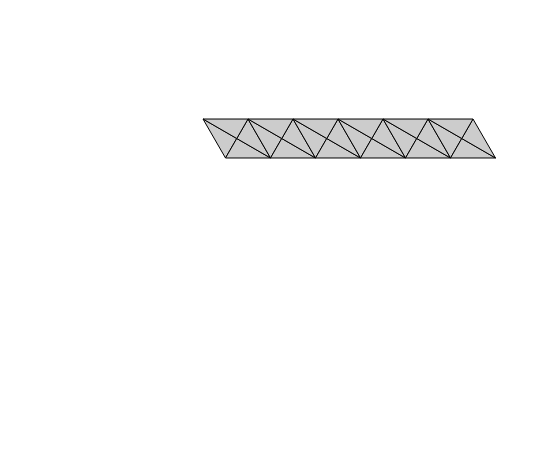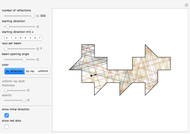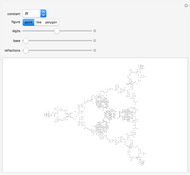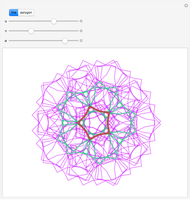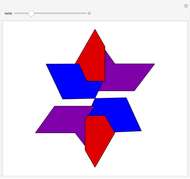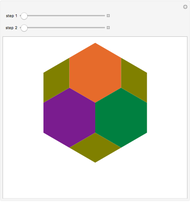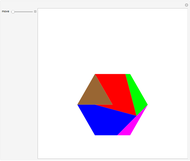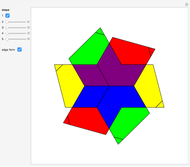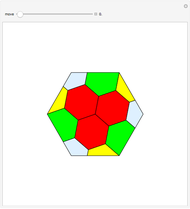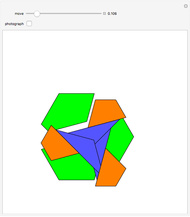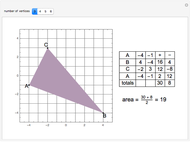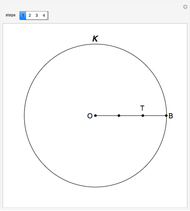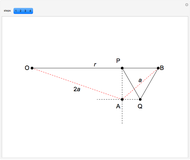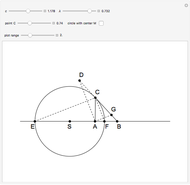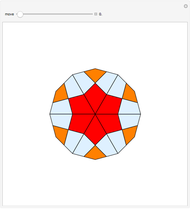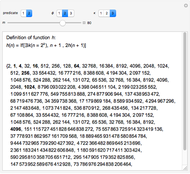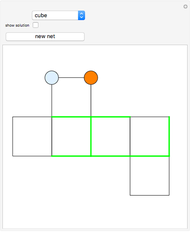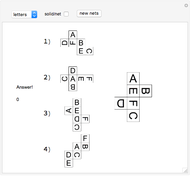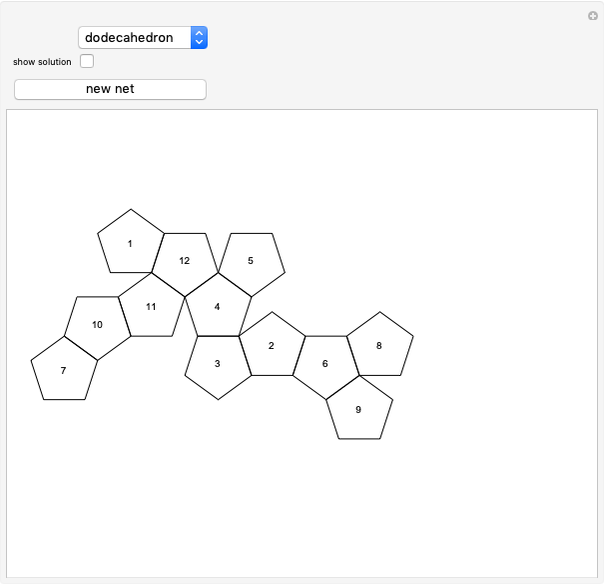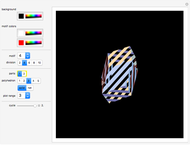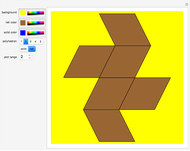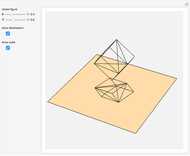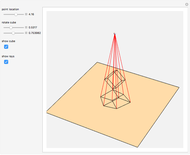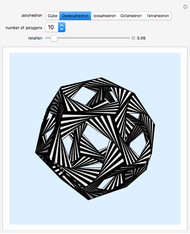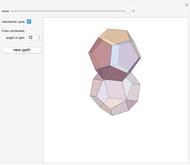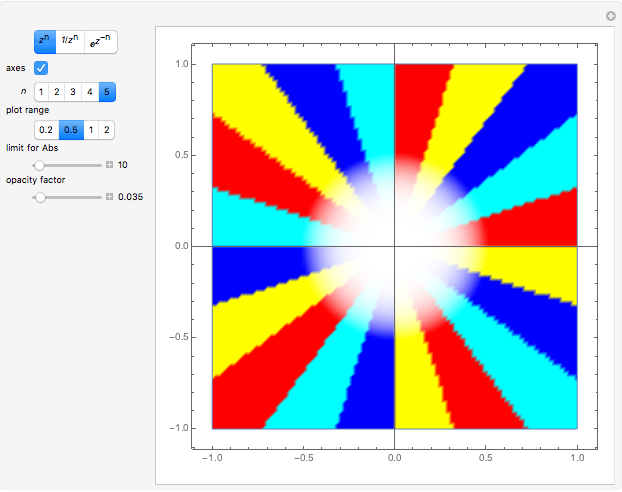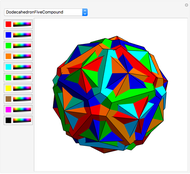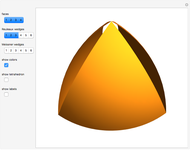Making a Hexagon Using a Fold-and-Twist Algorithm

Requires a Wolfram Notebook System
Interact on desktop, mobile and cloud with the free Wolfram Player or other Wolfram Language products.
A paper strip is creased to form six rhombuses, each consisting of two equilateral triangles. The other side of the strip is shaded. At the top-left point of each rhombus, perform the fold-and-twist (F-A-T) algorithm (from left to right): fold over the larger diagonal and twist over the left side. The result is a regular hexagon. In 2D graphics, folding is equivalent to a reflection.
Contributed by: Izidor Hafner (January 2016)
Open content licensed under CC BY-NC-SA
Snapshots
Details
Reference
[1] P. Hilton and J. Pedersen, Build Your Own Polyhedra, Boston: Addison-Wesley, 1994 pp. 16–17.
Permanent Citation
"Making a Hexagon Using a Fold-and-Twist Algorithm"
http://demonstrations.wolfram.com/MakingAHexagonUsingAFoldAndTwistAlgorithm/
Wolfram Demonstrations Project
Published: January 7 2016
